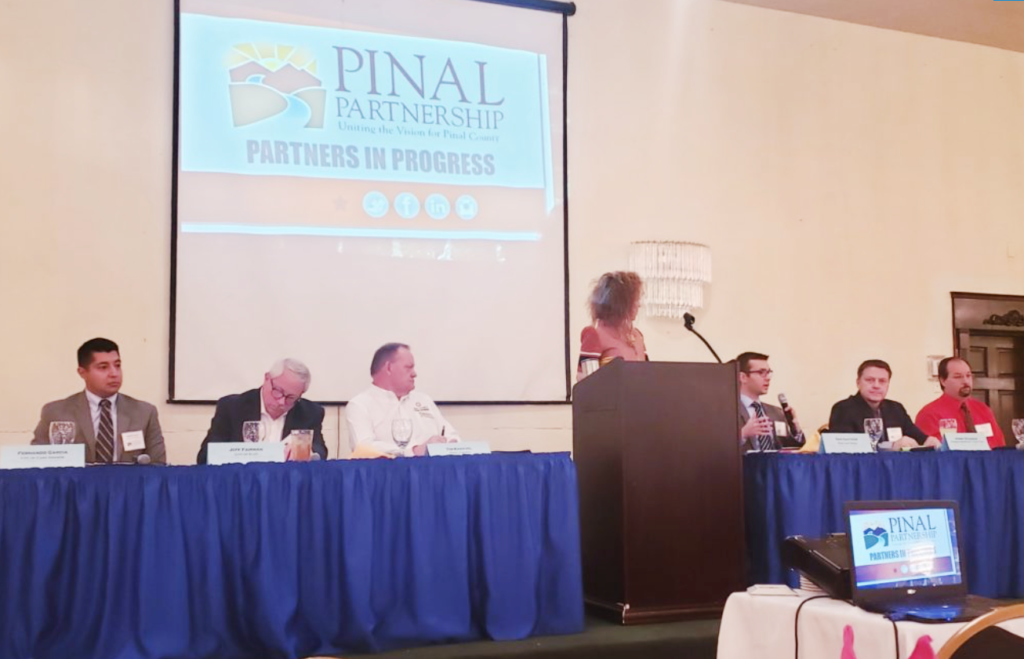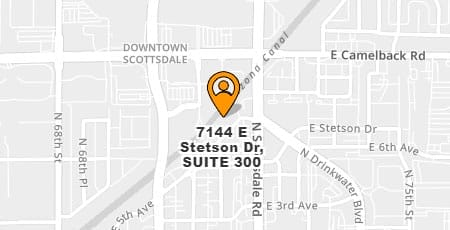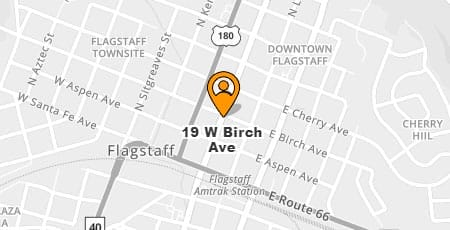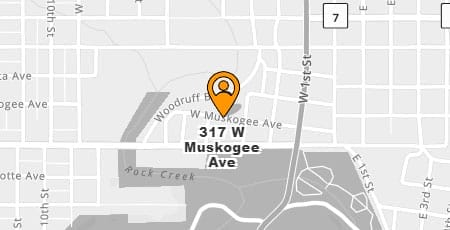By Callan Smith | Rose Law Group Reporter

/ Callan Smith / Rose Law Group
By Callan Smith | Rose Law Group Reporter
The opportunity zone tax incentive program is taking off, and Pinal County, specifically Casa Grande, is reaping the benefits.
The city ranks “10 out of 10” in opportunity zone investment, according to a recent extensive analysis by the Federal Reserve Bank of St. Louis, which ranked all the opportunity zones in the U.S. by investability, Robby Richards, founder and manager of Phoenix Opportunity Zone Fund, said at this morning’s Pinal Partnership breakfast event with a panel made of experts moderated by Jordan Rose, Rose Law Group founder and president.
The opportunity zone program is a tax incentive program that hasn’t been seen before. There are almost 9,000 zones across the country and 168 in Arizona. While there are still unanswered questions, the IRS will be providing the second round of guidance on opportunity zones in the next week or two, Rose Law Group attorney Dan Gauthier said.
The zones can be viewed through the Arizona Commerce Authority.
“The program offers three substantial tax benefits to invest in bringing new money, mostly private into zones,” and the purpose of the program is to offer substantial rehab and new development to distressed areas, rural areas and areas that don’t traditionally see as much private investment, Gauthier said.
There are three tax benefits, rolling capital gains into an investment vehicle. The gains get deferred until the end of 2026. If an investor holds the investment for seven, the taxable amount of capital gains reinvested is reduced by 15 percent. When an investment is held for ten years, any appreciation gained is tax-free.
The biggest growth zones for Pinal County are mostly in the I-10 and I-8 corridors, and he has been receiving inquires about housing from single-family to multifamily, said Tim Kanavel, Pinal County economic development program manager.
The county’ nine zones were chosen based on poverty and employment rate. Workforce housing is a large consideration with the projects coming into the county such as Nikola Motor Company, soon to headquarter in Coolidge and Lucid Motors, which will be located in Casa Grande.
“One of the things that we see with all the companies coming in, we’re not talking about hundreds of jobs, we’re talking thousands of jobs, and a lot of those folks are not living here in the county,” Kanavel said.
Rose asked where the growth patterns and inquires for housing and manufacturing are?
Housing is the bigger communities such as Casa Grande, San Tan Valley and Maricopa. Places such as Coolidge and Eloy are starting to take off. Manufacturing and industrial projects need rail and interstate access within a few miles, which does eliminate communities.
The city of Eloy has valuable employment-based areas in its opportunity zone, Jeff Fairman, Eloy economic development specialist, said.
However, the city does struggle with the large parcels in the opportunity zone, ranging from 500 to 700 acres, which make finding funds to invest in that much land a challenge, but it hasn’t dissuaded the city.
“We’re finding the opportunity zone, whether it is going to be a be-all- end-all, has at least caused people to rethink their investments in Eloy,” Fairman said.
Casa Grande has 9,200 acres designated as an opportunity zone with Lucid Motors sitting on 493 acres. The economic impact of the Lucid development is expected to be around 32 billion with 4,200 direct and indirect jobs along with increasing the county’s GDP by 30 percent, said Fernando Garcia, Casa Grande Economic Development Specialist.
There has been a lot of interest in that type of housing, with the demand from projects like Lucid coming into the region, Garcia said.
Unlike the growth Casa Grande is experiencing, opportunity zones are a challenge for Superior.
“We do not have developments sitting there ready to go that are waiting for investments. Superior City Manager, Todd Pryor said. “We have to develop these projects from scratch. We have to deal with land use issues because there hasn’t been a lot happening with the city for decades, most of the properties are in long term speculators hands.”
The property holders have no interest in selling or developing, and there is an issue of cost. Investors don’t want to develop a project from scratch and are looking for shovel-ready projects. The city has been struggling to get projects together. Pryor said he hopes that a lack of investor interest is a short-term issue.
Most of Superior, which is 1,400 acres, is privately owned by speculators.
“Ninety percent of the opportunity zones in Arizona are in urban areas,” Richards said.
The fund Richards manages is small, looking in rural areas in the one to five-million-dollar range. The challenge is finding investors with capital gains who are willing to invest in rural areas.
Richards urged the crowd not to be discouraged by the challenges of investment zones, as some people are calling the legislation the opportunity of a lifetime, and “the very best tax incentive for investing in these communities that they’ve ever seen.”





